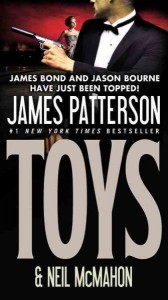 Nancy from Circulation Services concludes the week with this review:
Nancy from Circulation Services concludes the week with this review:
Terry Pratchett’s The Amazing Maurice and his Educated Rodents focuses on a group of rats led by a sly, conniving cat.. Oh, and let us not forget, the animals have gained the ability to speak to humans, think for themselves, reason, and gain a conscience. Pratchett allows his reader to contemplate the possibility of a society where animals, namely rodents, can not only live in peace and harmony with humans, but the two can help each other in the process.
In the town of Bad Blinitz Maurice the cat and his cohorts decide to pull their “Pied Piper” con. Little did they know that the town was fighting a food shortage thought to be brought on by the current rat population, and thus have hired rat catchers and deployed menacing traps throughout the city both above and below.
The fear of a plague from these rats caused scam artists of all kinds to attempt to capitalize on the growing fear of famine. Enter a small boy playing a magical rat pipe, who for a tidy sum would rid the town of rodents. Add in a know-it-all and somewhat bratty, young girl named Malicia, and the mayhem begins.
Pratchett’s sarcastic wit comes out in the actions and words of Maurice, the streetwise alley cat, while his fantasy and adventurous side is enjoyed through the antics of rat characters such as Hamnpork, Darktan, Dangerous Beans, and Sardines.
While reading this I found myself forgetting the main characters were simply animals for their wit, anxiety, emotional expressions, and snide comments fit many humans I know. Pratchett also adds an interesting aspect to the story in the form of quotes from another book introducing each chapter. The rats revere what is later discovered as a children’s book, “Mr. Bunnsy has an Adventure;” treating it as wisdom to live by.
Enjoy!
Check the WRL catalog for The Amazing Maurice and his Educated Rodents



















